Mark Ruffalo Reimagines America
PLUS: We explore the blueprint for a new world.
Greetings to All You Marvels of the Multiverse!
This week on the Soul Boom podcast, we’re joined by the one and only Mark Ruffalo — actor, activist, and modern-day moral compass.
He’s one of those rare artists who can save the world on screen and spend his off-hours trying to save it for real. In this conversation, Mark and Rainn go deep on compassion, courage, art, and what it means to stay human when the world seems determined to break us.
The conversation between Rainn and Mark begins with heartbreak — a political assassination, another school shooting, and the collective ache of a nation growing numb to violence.
Mark speaks from experience; he lost his own brother to gun violence. “When we cheer on our opponents being hurt or harmed in any way,” Mark says, “we all lose.” Rainn pushes back gently — even the word opponent, he suggests, traps us in a battlefield mentality. The two of them reach something truer: that the real crisis isn’t political disagreement, it’s the lack of moral imagination — our collective loss of the ability to see one another as full, complex, and redeemable.
Mark compares the turbulence of our times to the moment when water turns to steam, when a society under pressure might yet transmute into something freer. Birth pangs, Rainn calls them — the painful contractions of a civilization trying to be born into unity.
But birth requires imagination, and imagination requires tenderness. If cynicism is a kind of armor, tenderness is what takes it off. That’s the risk and the beauty of what Mark calls “being gentle on the people and hard on the problem.”
We’re living in an age addicted to rage — to the quick dopamine of thrill of belonging to the “right” side. Violence, literal or verbal, becomes the lazy end of every argument. It’s what happens when we lose faith in persuasion, in patience, in the slow transformation of hearts.
And yet: there’s still love in the house. Ruffalo says that when he drives through any neighborhood in America, he tells himself, there’s love in that house somewhere. That image lingers — an antidote to despair.
Maybe that’s the invitation of this moment: to find the love that’s still in the house. Even when everything feels fractured, even when every newsfeed rewards our bitterness, to resist the story that the other side is irredeemable.
As history keeps reminding us, when pain turns to vengeance, things break. Violence doesn’t only destroy what it targets — it corrodes what it touches. You can see it today in every hateful headline. But this pattern isn’t new; it’s one humanity has replayed again and again.
In fact, it’s worth considering a case study.
Grynszpan and the Broken Glass of History
Let’s travel back in time.
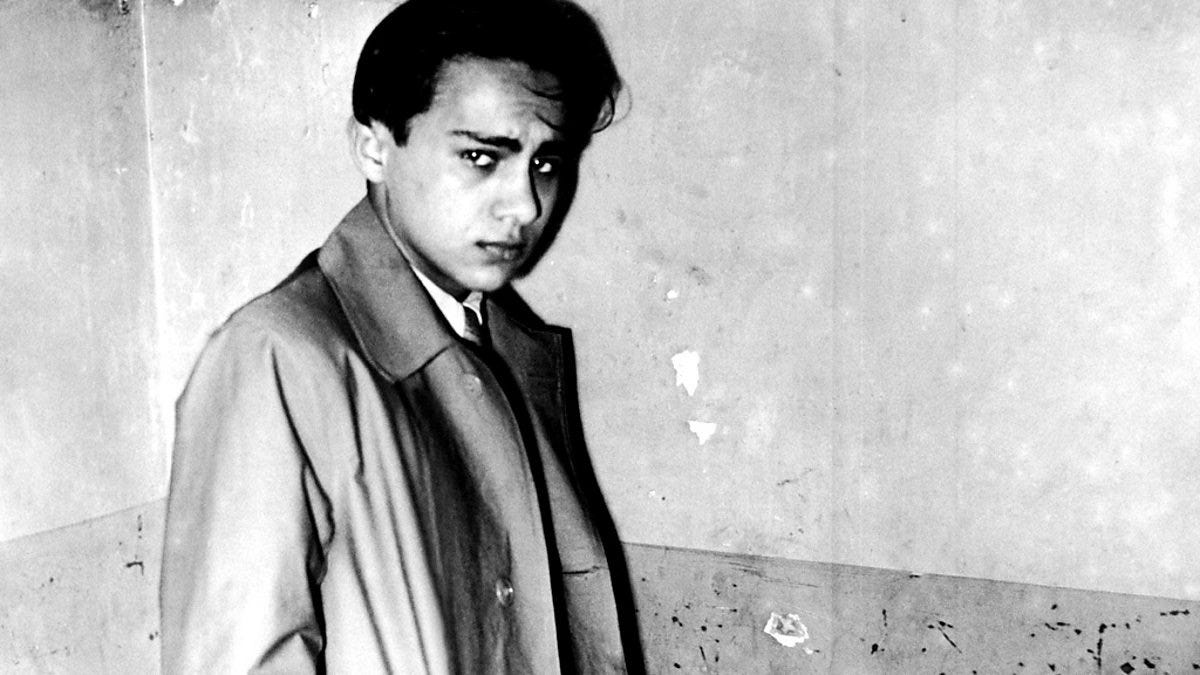
Paris, 1938. A 17-year-old Jewish kid named Herschel Grynszpan walks into the German embassy, pulls out a revolver, and shoots a Nazi diplomat. Why? Because his family, along with thousands of Polish Jews, had just been booted out of Germany, left to rot in a kind of stateless limbo on the border. The kid was desperate, enraged, broken.
The Nazis pounced on Grynszpan’s act like it was a Black Friday sale. They used it as the perfect excuse to launch Kristallnacht — the “Night of Broken Glass.” Synagogues torched, Jewish shops smashed, nearly a hundred people murdered, and the Holocaust’s machinery shifted into overdrive. One act of violence, used to justify a national pogrom.
The tragic irony: Herschel wanted to strike a blow against oppression. Instead, his pistol shot became the Nazis’ excuse to unleash even more oppression. That’s the dark boomerang of violence — it never comes back the way you expect.
When you’re cornered, despair tells you: fight back with fire. That makes sense to our reptile brains. But what Grynszpan shows us, painfully, is that violence almost always pours gasoline on the blaze. The Nazis already had hate in their back pocket. They were just waiting for a spark.
And isn’t this how so much of our modern world works? Every act of terror justifies more surveillance, more bombs, more division. Every hateful post births a hate-storm ten times worse. It’s like a cosmic law: what you put out there returns to you, magnified, uglified.
The Road Less Traveled
But history also gives us examples of people who found another way.
Take Nelson Mandela. In his youth, after years of nonviolent resistance met with brutality, he eventually concluded that peaceful protest alone wasn’t enough—and he helped launch an armed campaign against apartheid. It was the logic of despair, the same old fire answering fire.
Decades later, after twenty-seven years in prison, Mandela emerged transformed. He didn’t preach vengeance; he preached reconciliation. He built the Truth and Reconciliation Commission, not the Committee for Revenge. He invited his jailers to his inauguration. He even walked onto the field wearing the jersey of the national rugby team—once a symbol of white supremacy—to unite his country around a new, shared identity.
His revolution wasn’t just political; it was moral and spiritual. He didn’t just dismantle apartheid—he began building a new model of shared humanity, step by imperfect step.
Of course, this isn’t a fairy tale. South Africa continues to wrestle with deep inequality, corruption, and the lingering wounds of its colonial and apartheid past. But that’s precisely the point. The struggle there—and everywhere—reminds us that the work of liberation doesn’t end with a change of regime; it demands a change of consciousness. What’s needed now is not another ideological crusade, but a human-centered revolution in values, spiritual at its core—one that treats justice, compassion, and unity as the real infrastructure of any thriving society.
Building Instead of Just Battling
A spiritual revolution isn’t about burning it all down — it’s about building something better in its place. It’s about creating systems that actually heal. It’s about refusing to play the hate-for-hate game, even when your whole soul is screaming for revenge.
People who dedicate their lives to some long-range, soul-level vision of change often get accused of not caring about “the real problems.” And of course, we’ve got to be careful—“spirituality” can easily turn into spiritual bypassing, a kind of cosmic bubble bath floating above the world’s pain instead of wading into it. Real spirituality doesn’t numb us to suffering; it moves us through it—with compassion, solidarity, and a heart ready to serve, not just to self-soothe.
With that acknowledgement, the criticism that comes for spiritually minded people who eschew the conflictual ways of the world often comes from seeing through a short term materialist lens—where progress only counts if you can hold it, spend it, or pave a freeway through it. From a spiritual perspective, though, the material world is just the surface expression of something deeper. Our systems, economies, and governments are reflections of our collective inner life—our values, our fears, our relationships.
Until those deeper pathologies are uprooted, the weeds just grow back.
We see it all the time. People want change—but most don’t have a clear picture of what kind of world we actually want to build, or how to build it. So we fight the latest evil-of-the-week. We denounce, we clap back, we cancel. Opposition becomes the measure of virtue. Fighting bad people is the north star.
But tearing down is easy. Building something new—that’s hard and holy work.
Those walking the constructive path—the builders, the gardeners, the healers—know the direction they’re headed. They’re creating systems, cultures, and communities so healthy, so magnetic, that the destructive patterns of the old world lose their power in comparison. You can’t fight darkness with more darkness—you just build a light so bright that the shadows have nowhere left to hide.
Endlessly tearing down one villain after another while neglecting to plant what’s needed is, frankly, exhausting. It’s a hamster wheel of outrage.
The constructive path doesn’t lie in pledging allegiance to some faction or waging holy war on “the other side.” That just keeps the cycle spinning. It lies in vision—in a deeper understanding of what justice, unity, and human dignity actually mean.
If we can anchor ourselves there—in principles that reach beyond partisanship—then maybe we can stop playing whack-a-mole with evil and start the long, patient, soul-sized work of building a civilization worthy of us.
The Road We Choose
Grynszpan’s story is heartbreaking. He wanted to make a difference, but instead his desperate act was used to justify a genocide.
Now imagine if we take a different road. Imagine if the world answered hate with an equal and opposite force of radical compassion. Imagine if the revolution was about empathy, unity, justice, and the stubborn insistence that every human being carries inherent dignity.
If we don’t do that, we just keep replaying the same cycle. As the wise Master Yoda once reminded us, “Fear leads to anger, anger leads to hate, hate leads to suffering.”
And on the subject of suffering — let’s be clear. Trying to grow beyond the self-destructive habits that keep us stuck in unnecessary suffering? That’s noble. The inner work every revolution needs.
But denying suffering — pretending the world’s pain isn’t real, or gaslighting ourselves into thinking we’re “above it” — that’s not transcendence; that’s avoidance in spiritual drag. It’s poison to the soul.
Real spirituality doesn’t hide from pain — it stands beside it and bears witness. It’s solidarity in stillness, and in motion.
In the end, the goal isn’t to win one more argument or dismantle one more broken system — it’s to make those old systems irrelevant.
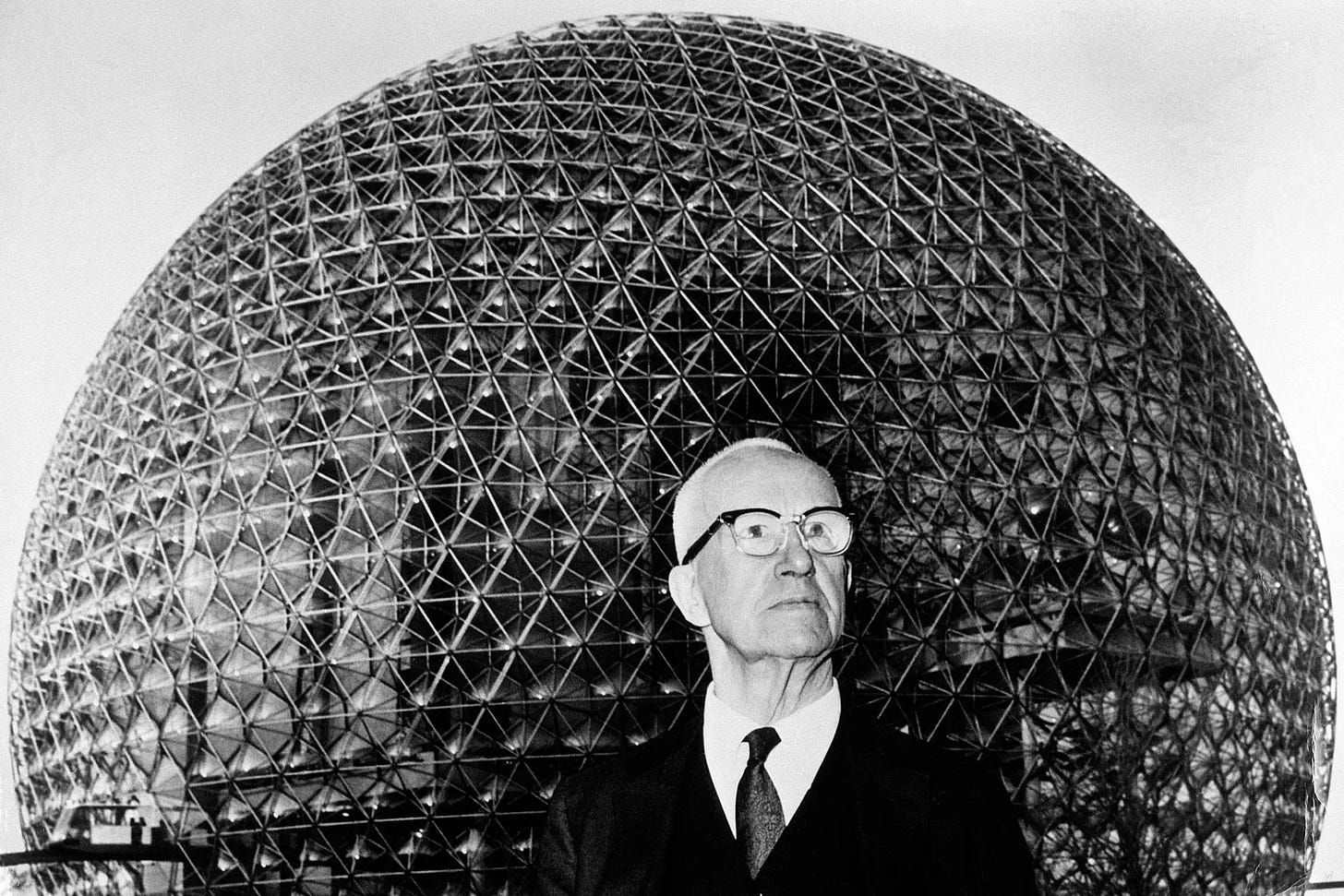
Another quote, attributed to a different Jedi Master, Buckminster Fuller, puts it this way:
“You never change things by fighting the existing reality.
To change something, build a new model that makes the existing model obsolete.”
So what do you think, Soul Revolutionaries?
How do we start building new models that make the old ones irrelevant?
Better yet — is your community already at work on one? Let us know below ✨


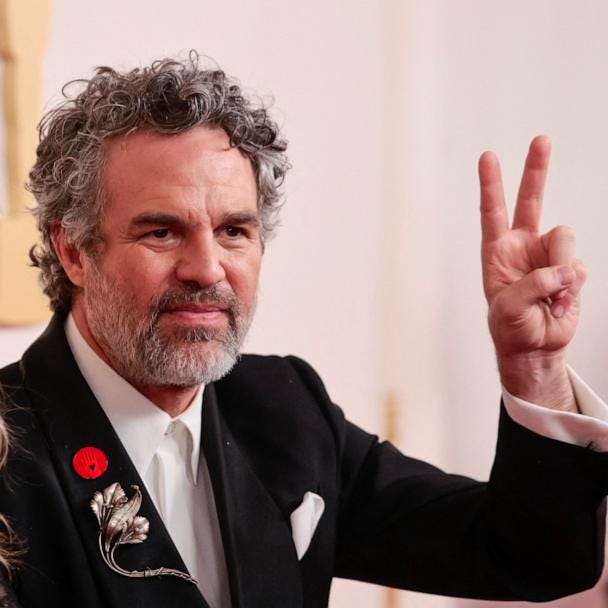
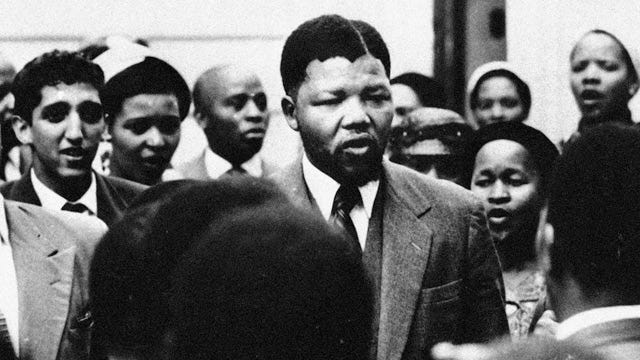
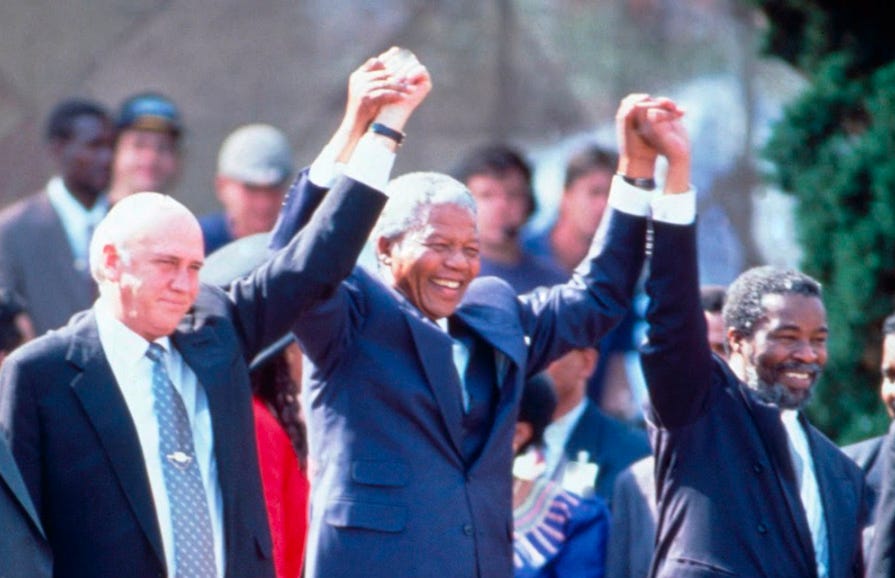
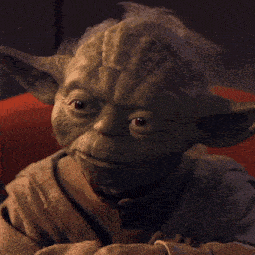
Hey Rainn,
I am a pastor of a Presbyterian Church (USA) congregation in Newberg, Oregon. Thanks for your wisdom. Our congregation is seeking to cultivate a spiritual community of grace, hope, peace, and love. We have a peace garden with a labyrinth. We are teaching people how to love one's enemies and make them, when possible, friends. I love your podcast and book. You might want to check out our church at newbergfpc.org . It would be cool to connect sometime by Zoom. One vision I have is to see people of Christian faith join with other folks who identify with a faith or who are non-religious in efforts of deep spiritual value, such as peacemaking, love, compassion. We need a spiritual movement that celebrates inclusion of religious and non-religious folks with values of peace, love, and unity. Thanks for all you do!
YES. Every fiber of my being resonates with the essence and specificity of this potent essay. It’s what I both profess and practice with equal measures of heart and inner conviction, both essential to the cause. Thank you for lifting us all up - and challenging us - with this piece.